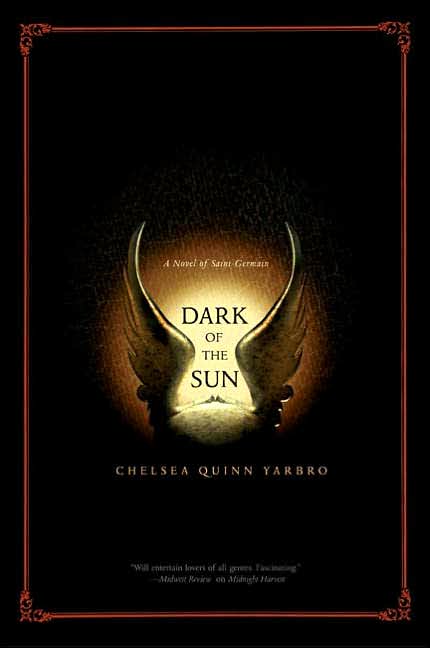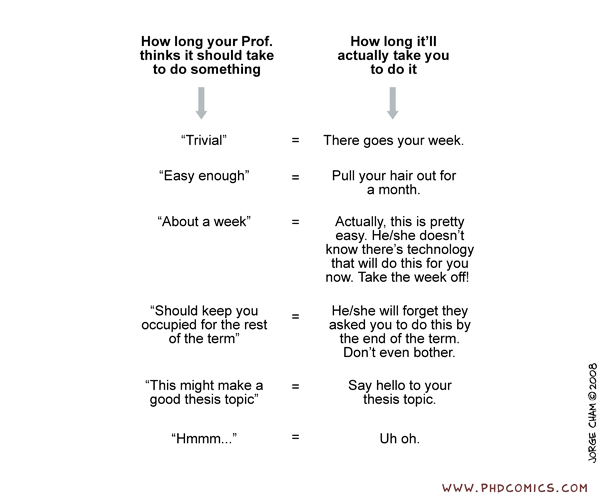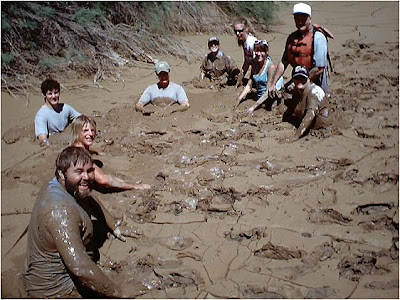First, I have to give them props for using the term "forecast" rather than "predict". I know a number of volcanologists who are touchy about using "predict", because any conclusions about what a volcano may or may not do are necessarily based on probabilities, just like a weather forecast. When people start thinking that we can say for certain when a volcano will erupt, we get the blame when it doesn't, and they have to deal with the consequences of precautionary evacuations - or if it erupts sooner and takes everyone by surprise. It's very important that people know that no scientist can be 100% sure when a volcano will erupt and what it will do - voclanoes are simply too complicated.

(ASTER image of Bezymianny volcano lava flow from NASA Visible Earth image archive)
Ramsay and Carter (together with U.S. scientists at the University of Alaska-Fairbanks and Russian experts at Kamchatka's Institute of Volcanology and Seismology) worked at Bezymianny volcano, using the FLIR to record temperature increases in the lava dome just days prior to an eruption. They were able to correlate their ground data with data from NASA's ASTER (Advanced Spaceborne Thermal Emission and Reflection Radiometer) instrument, which records several bands of thermal infrared data. This is particularly significant because it means that for volcanoes with fairly well defined thermal precursors to explosive eruptions, scientists can use satellites to monitor them, rather than traveling to remote locations with expensive, cumbersome equipment.
There are a few caveats. Any thermal satellite image records not only the temperature at any one time in a location, but the temperature history. Thermal emissivity varies with the amount of energy a surface absorbs, and with the rate that the surface re-emits that energy. Some surfaces absorb lots of energy but lose it quickly; some absorb energy and emit it slowly; others don't absorb much at all. All of this shows up in a thermal image, which should be treated more as a time exposure than a single snapshot. The article sums it up pretty well:
"Because the satellite images capture an average temperature reading for the entire volcano at a given moment, the scientists knew the reading in some areas was probably many times higher."This must be taken into account when analyzing satellite data. A single "bright" ASTER image can mean that temperature increased suddenly, or that temperatures increased steadily over the course of hours or even days, depending on how quickly the lava's surface loses heat. Several images, taken hours or days apart, however, would prove very useful. Unfortunately, obtaining even one line of ASTER data - or data from any satellite that records in the thermal band - is expensive, and requires a special requisition process. Additionally, most thermal data comes from instruments on satellites that also serve other purposes; finding a way to dedicate any satellite entirely to recording thermal imagery of volcanoes would be difficult and expensive (again). Still, it would be extremely useful - and it's exciting research even without that.
The research is being partially supported by the National Geographic Society's Committee for Research and Exploration. A Bulletin of Volcanology article about their work can be found here.
















